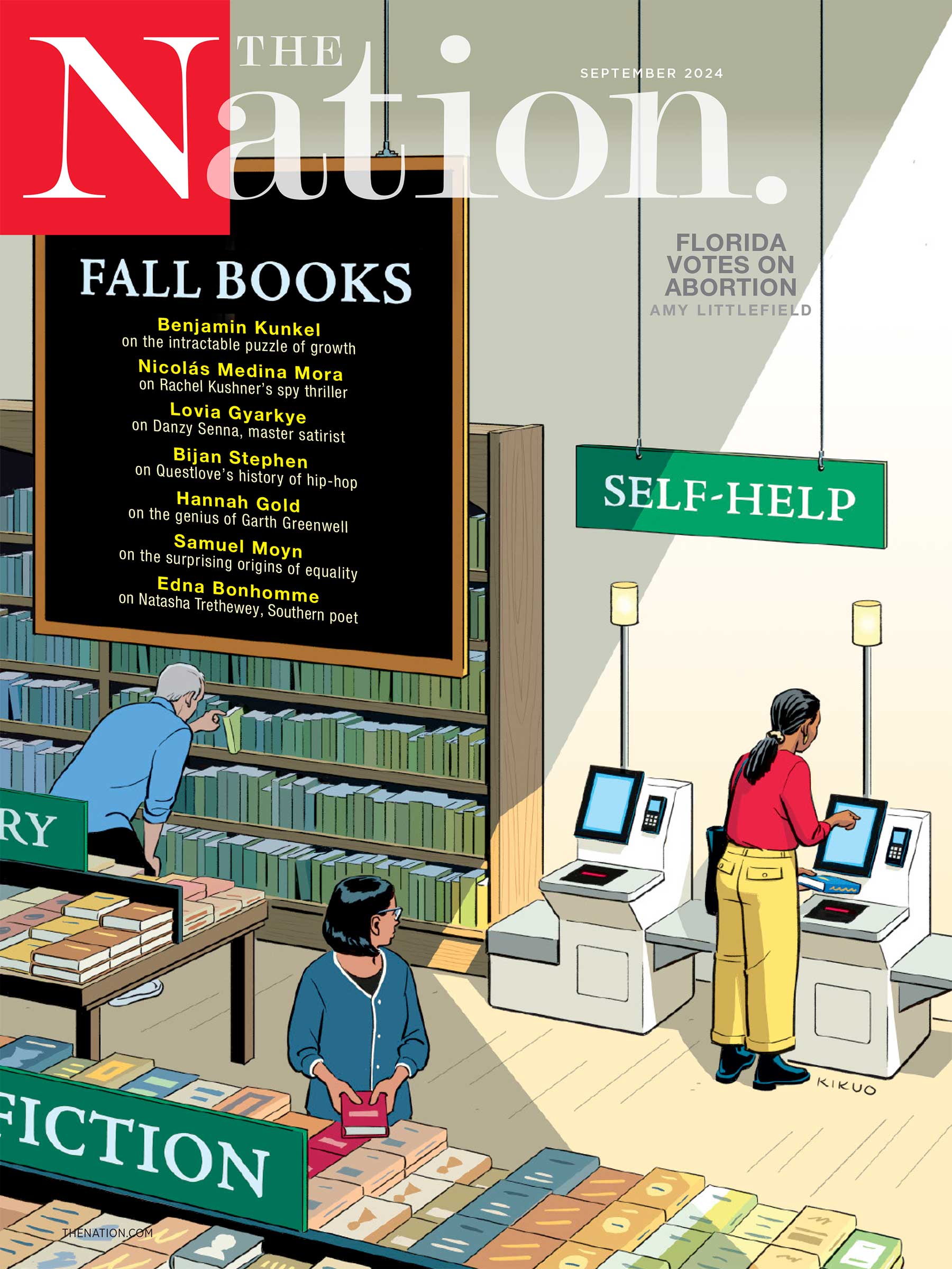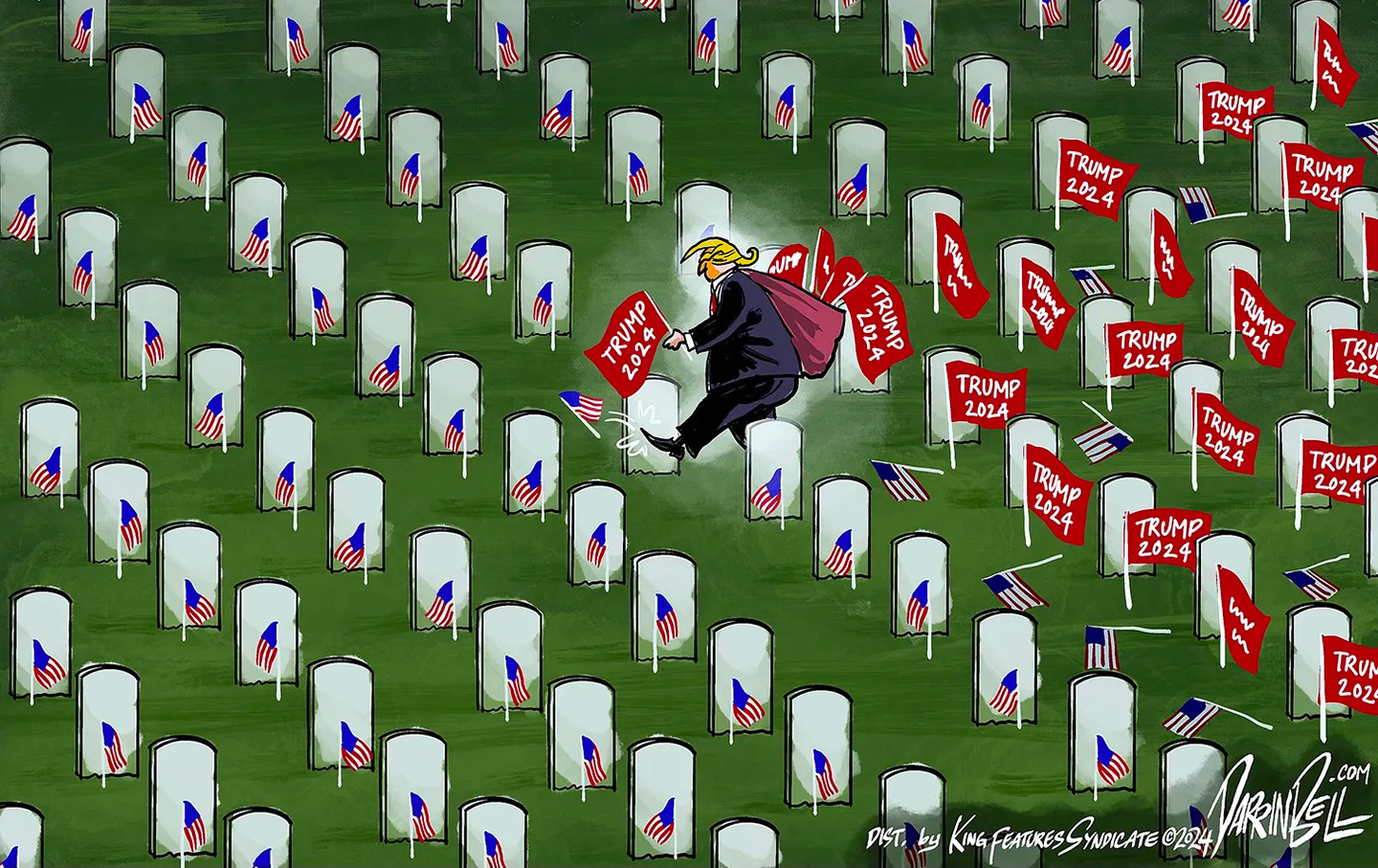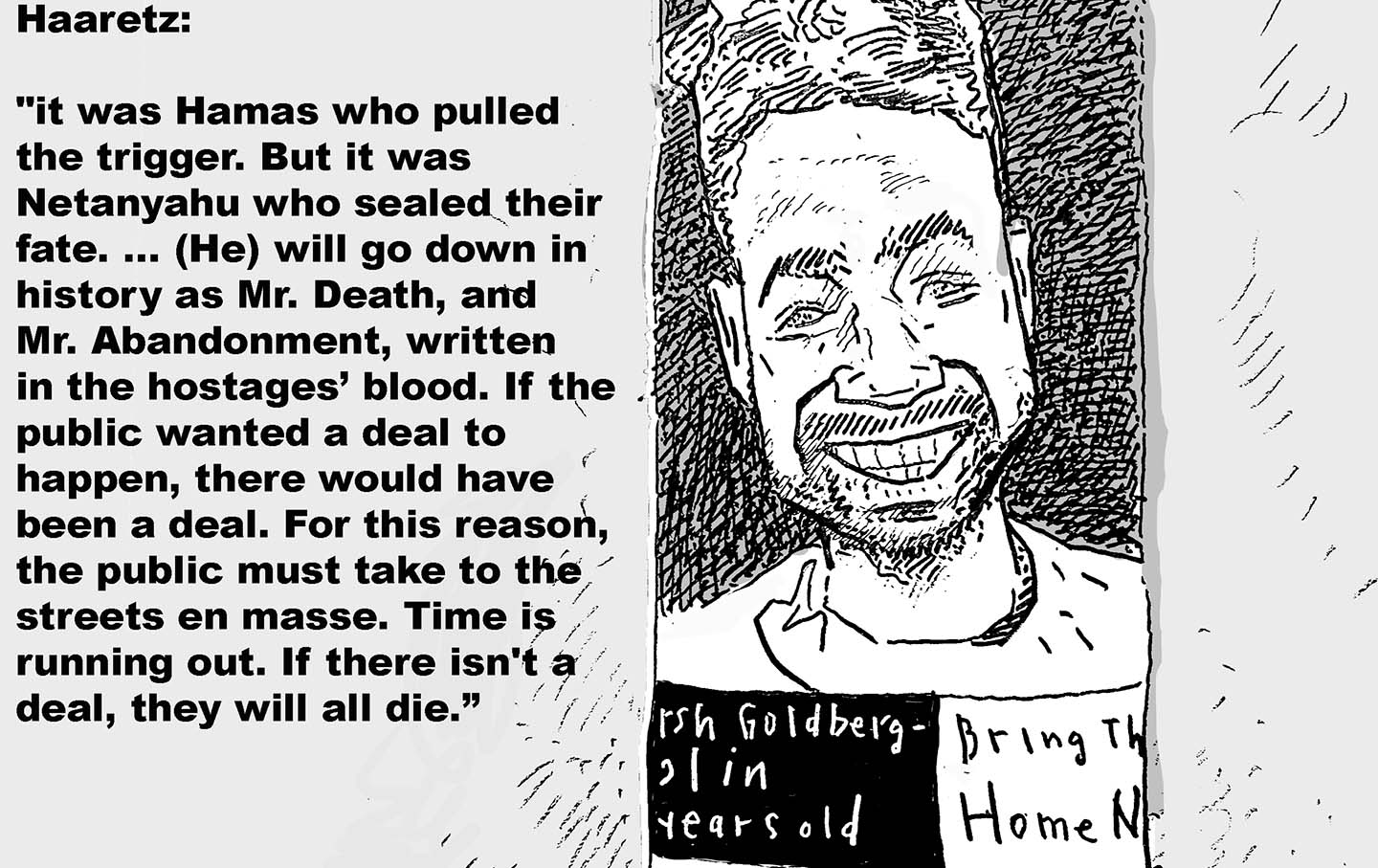Meet Peggy Flanagan, Who Could Become the First Female Native Governor
If Tim Walz becomes vice president, Minnesota’s lieutenant governor would become governor and immediately make history.
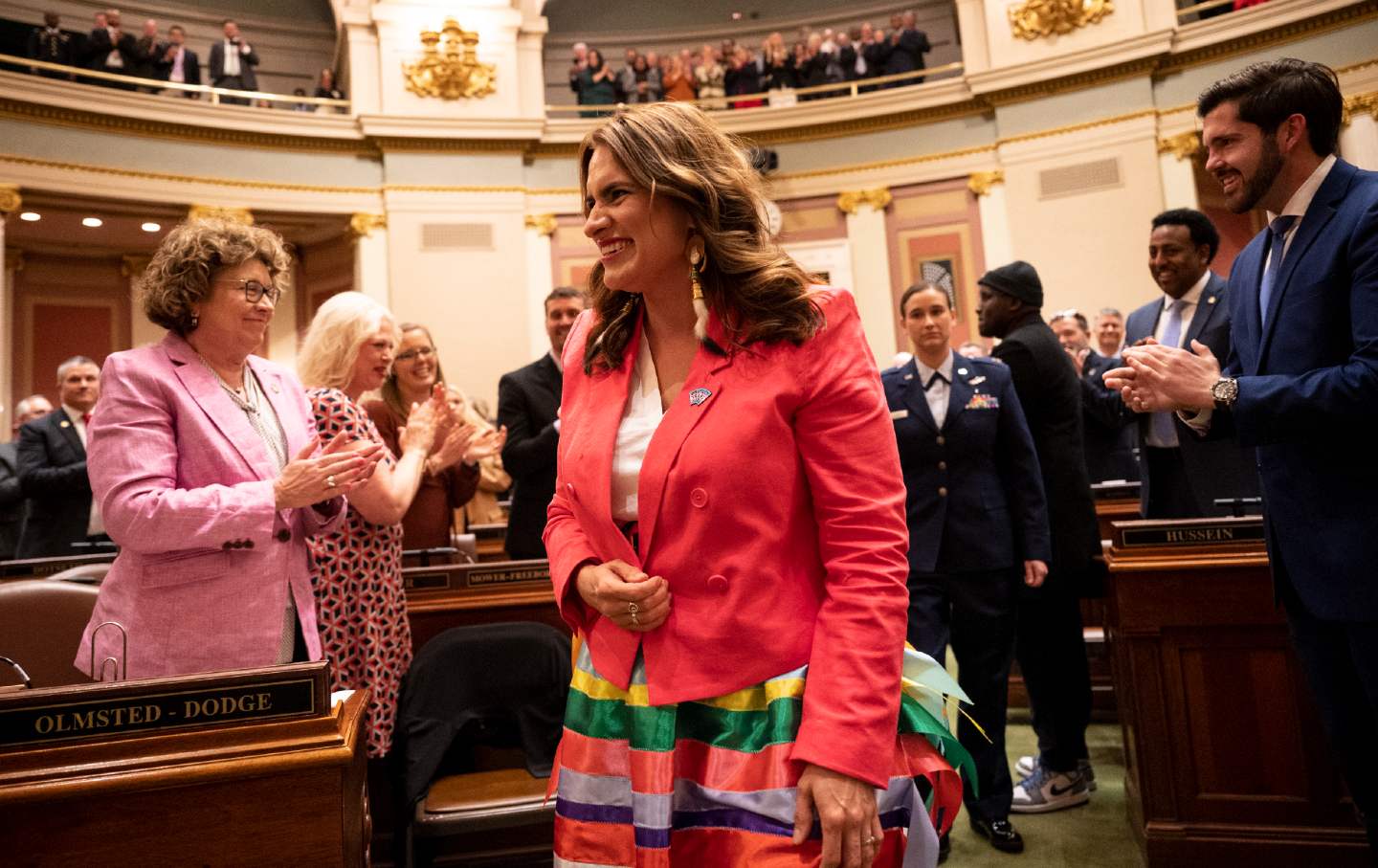
Minnesota Lieutenant Governor Peggy Flanagan, of the Democratic-Farmer-Labor Party, is welcomed into the House chambers for the State of the State address on April 19, 2023, at the Minnesota State Capitol in St. Paul.
(Aaron Lavinsky / Star Tribune via Getty Images)
“Jesus,” I said, “what the hell is that?”
About 10 feet behind the crowd, an enormous Darth Vader–clad cosplayer gripping a red lightsaber emerged from over the hill. He wore a black cloak and a metal headdress with LED lights, and he dragged a giant papier-mâché head of a Native American behind him. It was a scene reminiscent of one of those nasty John Wayne westerns but with a sci-fi spin.
Several of the young Natives immediately rushed the costumed man. One 20-something Ojibwe man asked, “What the hell do you think you’re doing?”
“Well, what we’re all here to do,” the cosplayer said. “Ending Indian mascots.”
“It looks like you’re dragging the head of a dead Native!” the guy shouted. “So, stop!”
It was October 2019, and hundreds of Indigenous people and our allies had gathered at US Bank Stadium in downtown Minneapolis to protest the then-racist name of the Washington NFL team, the Redskins. Suddenly, to my left, appeared Peggy Flanagan, the Democratic lieutenant governor of Minnesota and an enemy to the dehumanization of Indigenous peoples in the form of Indian mascots.
We approached one another. “Nice to meet you,” she said. “I like your work.”
“I like your work,” I responded and shook her hand. Flanagan, an Ojibwe from the White Earth Nation in northwest Minnesota, was one of the afternoon’s speakers, and it was soon time for her to take the stage. The crowd cheered at the sight of her.
“The term [redskins] comes from the scalps—where people were essentially paid a bounty in cash for the scalps of Native American men, women, and children,” she said at the dais, surrounded by other Ojibwes, Dakotas, and Lakotas.
Fast-forward five years and the name of the Washington NFL team is no more. Meanwhile, Flanagan, who once trained oodles of liberals at Camp Wellstone to run for office (including her boss, Governor Tim Walz) could become the first female Indigenous governor in US history.
Flanagan, who grew up on the west side of Minneapolis in St. Louis Park, graduated from the University of Minnesota with a degree in American Indian studies and child psychology. In 2015, she was elected to the House of Representatives, where she championed legislation that benefited children, the poor, and people of color. Flanagan paired with her fellow legislators to launch the state’s first POCI (People of Color and Indigenous) Caucus.
Popular
“swipe left below to view more authors”Swipe →And as lieutenant governor, she even advocated changing the state’s flag, which once depicted the image of a white man tilling the soil as a Native American flees on horseback. “It’s literally a Native person being driven off their land,” she said at the time. “It’s horrific.”
Today, the flag displays a star with a light-and-dark-blue background. The new design is supposed to represent the North Star, the abundance of lakes, the land, and the state bird, the loon, according to Minnesota Secretary of State Steve Simon.
On Wednesday, Flanagan, 44, called me from her car, having just left the state’s annual Farm Fest, a two-day shindig celebrating the state’s farms, farmers, and agribusinesses. I asked her what she thought about the election and about the possibility of becoming the Minnesota governor. She immediately praised the Indigenous leaders, especially women, who worked for decades to pave the way for the next generation. She spoke of Indigenous representation and the old ways that non-Natives are only learning today.
“Dominant culture is just catching on to something we’ve always known, which is that Native women have been leaders since time immemorial,” she told me. “And when we do good work and we deliver, everybody’s lives improve.”
This is true. Historically, for many tribal nations and for literally thousands of years, women chose the chief and sat on various councils. This disturbed early European male colonists, who were not used to seeing a woman sitting across from them, let alone talking politics and making decisions on behalf of the tribe.
In the car, Flanagan was happy to be out of the sun and chug some iced water. I mentioned the reality that we’re the smallest racial minority in our own ancestral land and rarely included in national conversations, especially in political discourse, and then I asked, “How would you describe Indigenous peoples to those who aren’t acquainted or familiar with the Native of today?”
It was, she told me, a heavy question. “We’re beautiful. We are survivors. We’re caretakers of our communities. We’re teachers and scientists, and we’ve always been here,” she said. “We are contemporary people, and of course we’re not a monolith.”
Currently, there are 574 federally recognized tribes, and each tribe and nation is unique in language, politics, customs, cuisine, and spiritualities. Not every tribe lived in tipis and not every nation wore eagle-feather headdresses.
Flanagan lamented, though, that there’s still a need to state the obvious and teach such things, like an “Indigenous 101” every year. She recalled a time when a colleague approached her gobsmacked having just learned that she was, in fact, Native.
“I thought you were all dead!” her colleague, an elected official in the Minnesota State House of Representatives, said at the time.
Not really knowing how to respond, Flanagan shouted, “Surprise!” She considers that exchange, while appalling, “a really important moment” to remind non-Natives that we are still here. “It illustrated the need for people to be in relationship with us,” she said.
Early Tuesday, when news broke that Kamala Harris had chosen Governor Tim Walz as her running mate, Indigenous folks across the country were abuzz, and not because Harris had chosen Walz but because, in accordance with Minnesota’s Constitution, should the Harris-Walz ticket beat out Trump-Vance, Flanagan would assume the governorship and immediately create history.
Celebrity chef Sean Sherman—an Oglala Lakota who owns and operates Owamni, a restaurant in Minneapolis that boasts “‘decolonized’ cuisine” (berries, bison, wild rice, and other foods indigenous to this continent)—gushed at the idea of having a Native female representing his state.
Sherman praised Flanagan for making sure Indigenous peoples are not ignored, that they are seen and heard at the legislature. She has worked diligently to secure economic opportunities for the state’s first peoples. Sherman said that his work “trying to normalize Indigenous foods and create access and education, reconnecting with our ancestral foods and medicines would be much harder” without people like Flanagan, Interior Secretary Debra Haaland, who’s Laguna Pueblo, and Representative Sharice Davids of Kansas, who is of the Ho-Chunk Nation.
More on Indigenous Issues:
Now, a half decade after the protest where Flanagan and I met, the country and the electorate are quickly learning who Flanagan is—the mom, the lieutenant governor, the former member of the Minneapolis school board, and, quite possibly, the next governor of Minnesota. She told me she didn’t think she’d see a woman of color, let alone a Native, in that role, in her lifetime.
Should that come to pass, there will be a thunder of Indigenous jubilation across the United States.
“When I am with other Native folks, and especially young Native girls, I tell them to take up as much space as you can,” she said. “Physically take up space, because you absolutely have the right to be there.”
This is, after all, Native land.
We need your support
What’s at stake this November is the future of our democracy. Yet Nation readers know the fight for justice, equity, and peace doesn’t stop in November. Change doesn’t happen overnight. We need sustained, fearless journalism to advocate for bold ideas, expose corruption, defend our democracy, secure our bodily rights, promote peace, and protect the environment.
This month, we’re calling on you to give a monthly donation to support The Nation’s independent journalism. If you’ve read this far, I know you value our journalism that speaks truth to power in a way corporate-owned media never can. The most effective way to support The Nation is by becoming a monthly donor; this will provide us with a reliable funding base.
In the coming months, our writers will be working to bring you what you need to know—from John Nichols on the election, Elie Mystal on justice and injustice, Chris Lehmann’s reporting from inside the beltway, Joan Walsh with insightful political analysis, Jeet Heer’s crackling wit, and Amy Littlefield on the front lines of the fight for abortion access. For as little as $10 a month, you can empower our dedicated writers, editors, and fact checkers to report deeply on the most critical issues of our day.
Set up a monthly recurring donation today and join the committed community of readers who make our journalism possible for the long haul. For nearly 160 years, The Nation has stood for truth and justice—can you help us thrive for 160 more?
Onwards,
Katrina vanden Heuvel
Editorial Director and Publisher, The Nation
More from The Nation
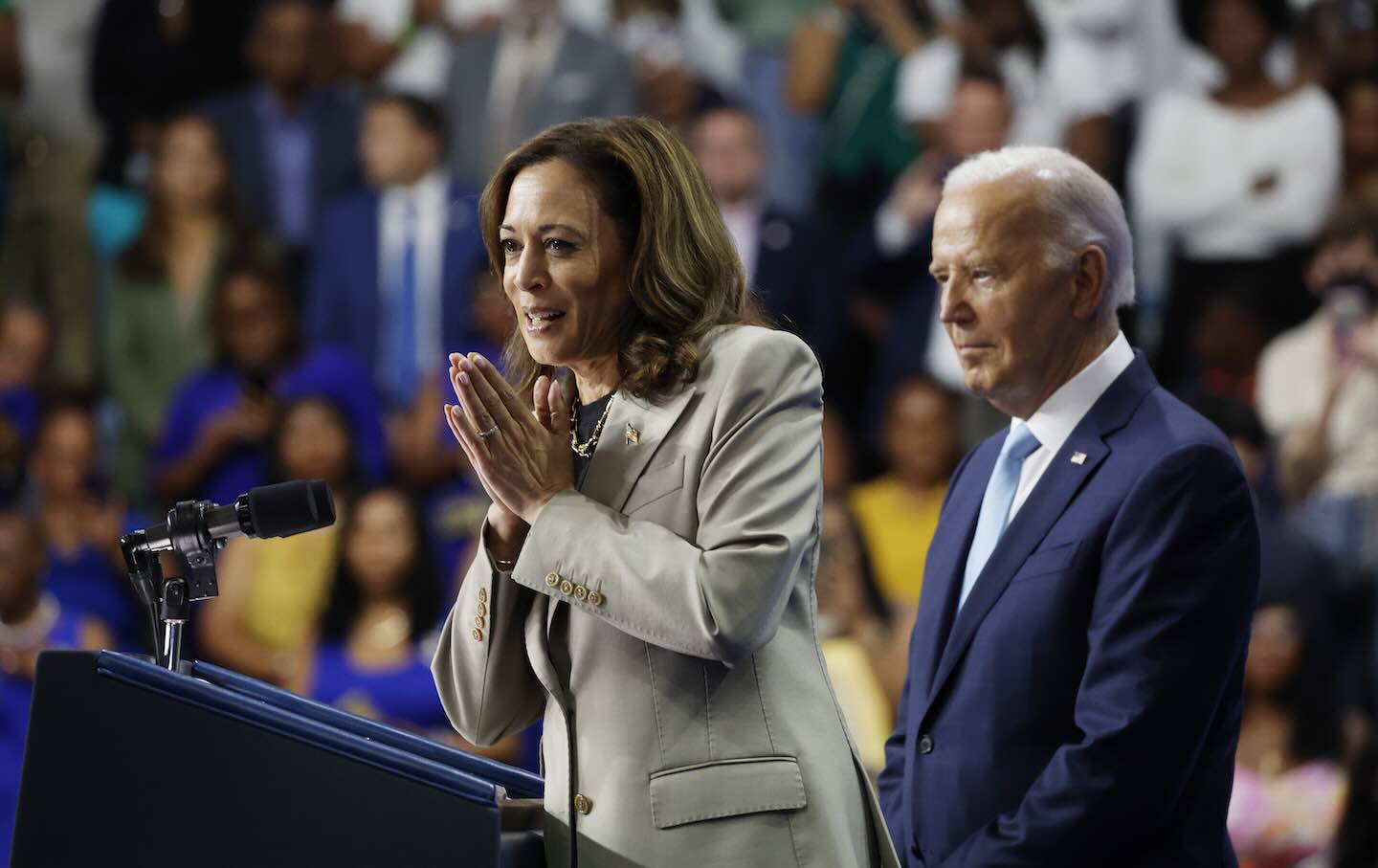
Harris Must Say “No” to Wall Street and “Yes” to Lina Khan and Gary Gensler Harris Must Say “No” to Wall Street and “Yes” to Lina Khan and Gary Gensler
Powerful donors want the Democratic presidential nominee to abandon the Biden administration’s commitment to regulating corporate power.
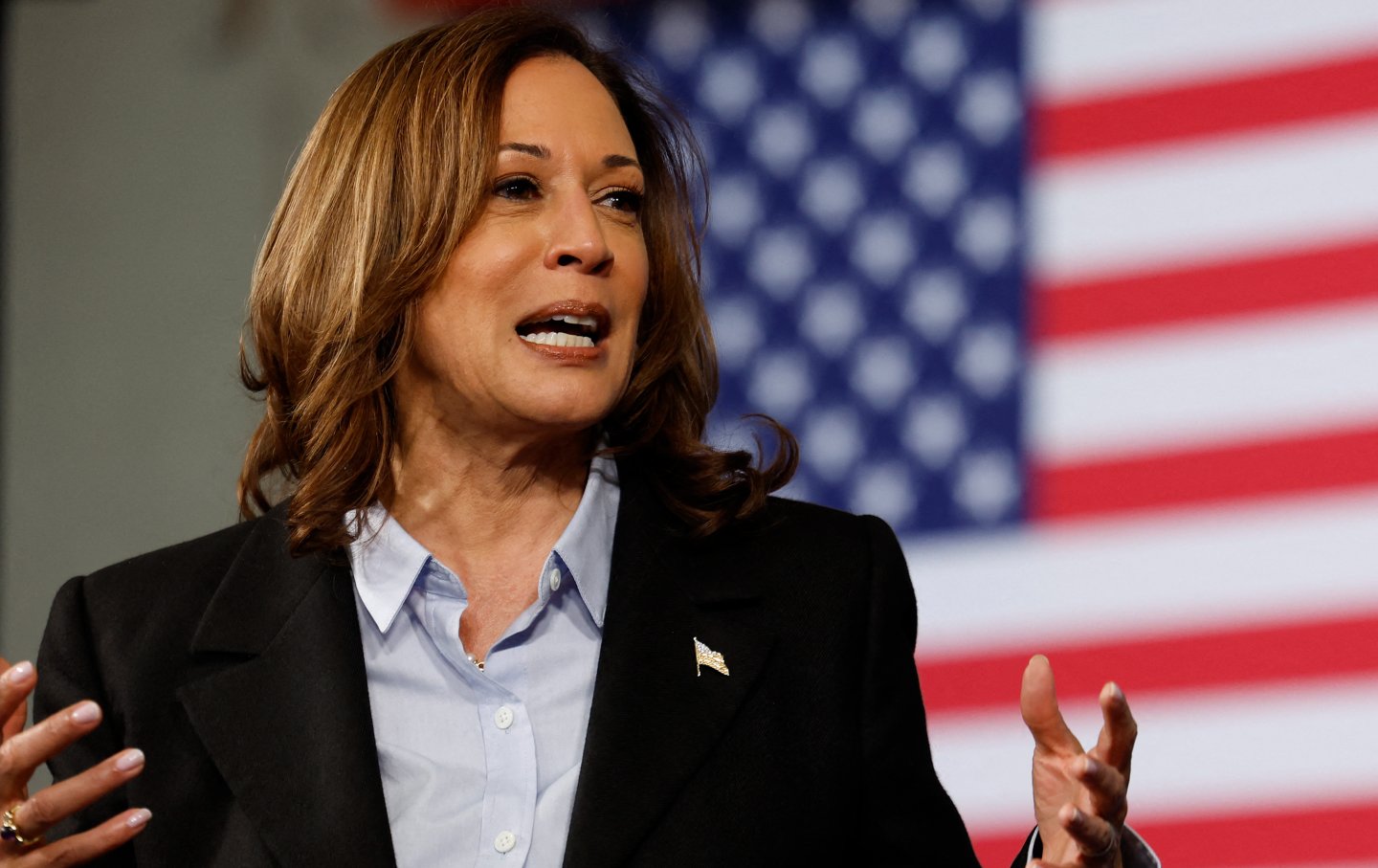
A Strong Policy Debate Is Kamala Harris’s Best Shot to Break the Election Tie A Strong Policy Debate Is Kamala Harris’s Best Shot to Break the Election Tie
Attacking Donald Trump is a start. But the Democratic nominee also has to sell herself and her vision.
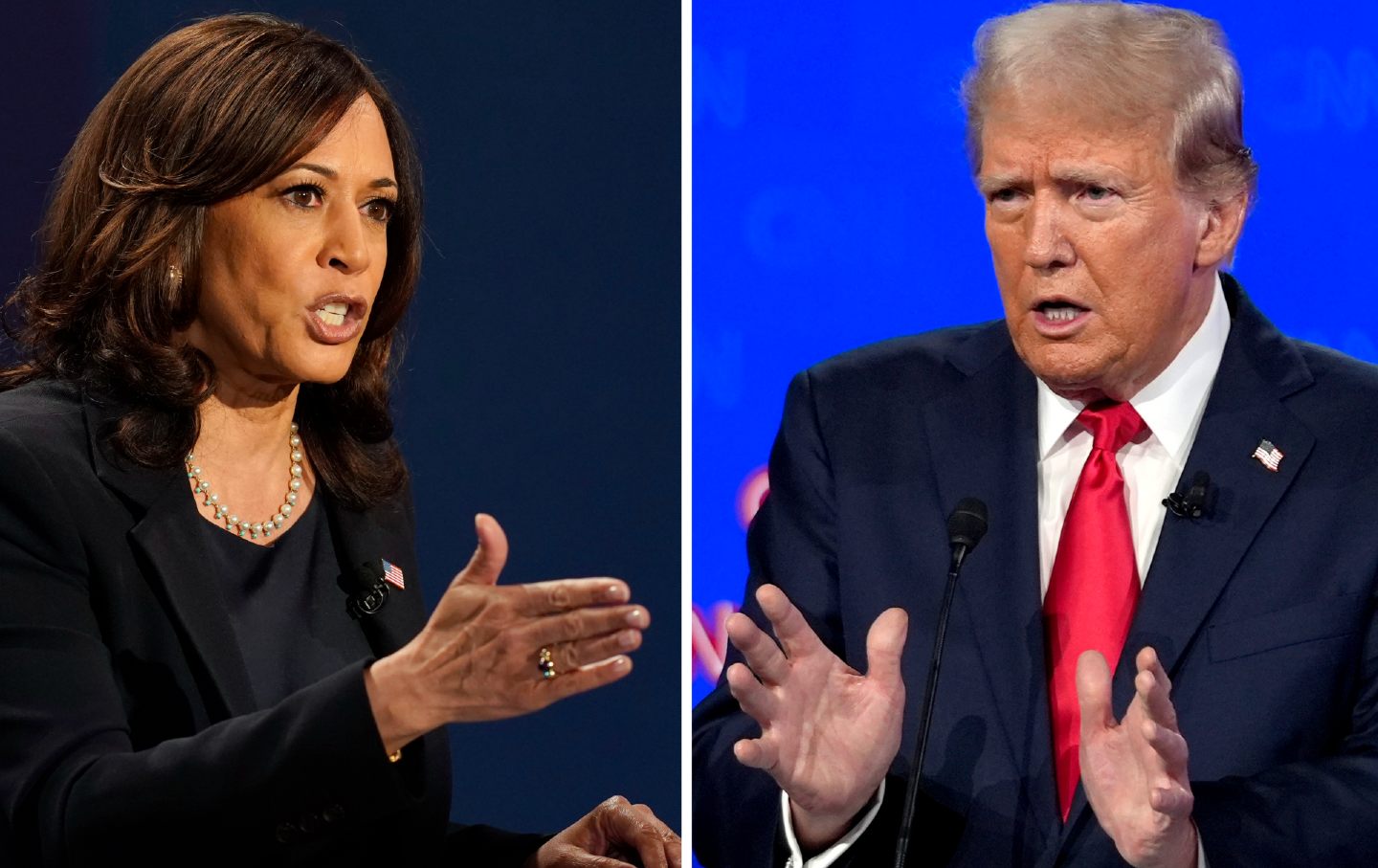
How to Debate Donald Trump How to Debate Donald Trump
There’s almost no way to “win” a debate against a serially unserious liar like Trump, but if Harris can knock him off his vibe, she might stand a chance.
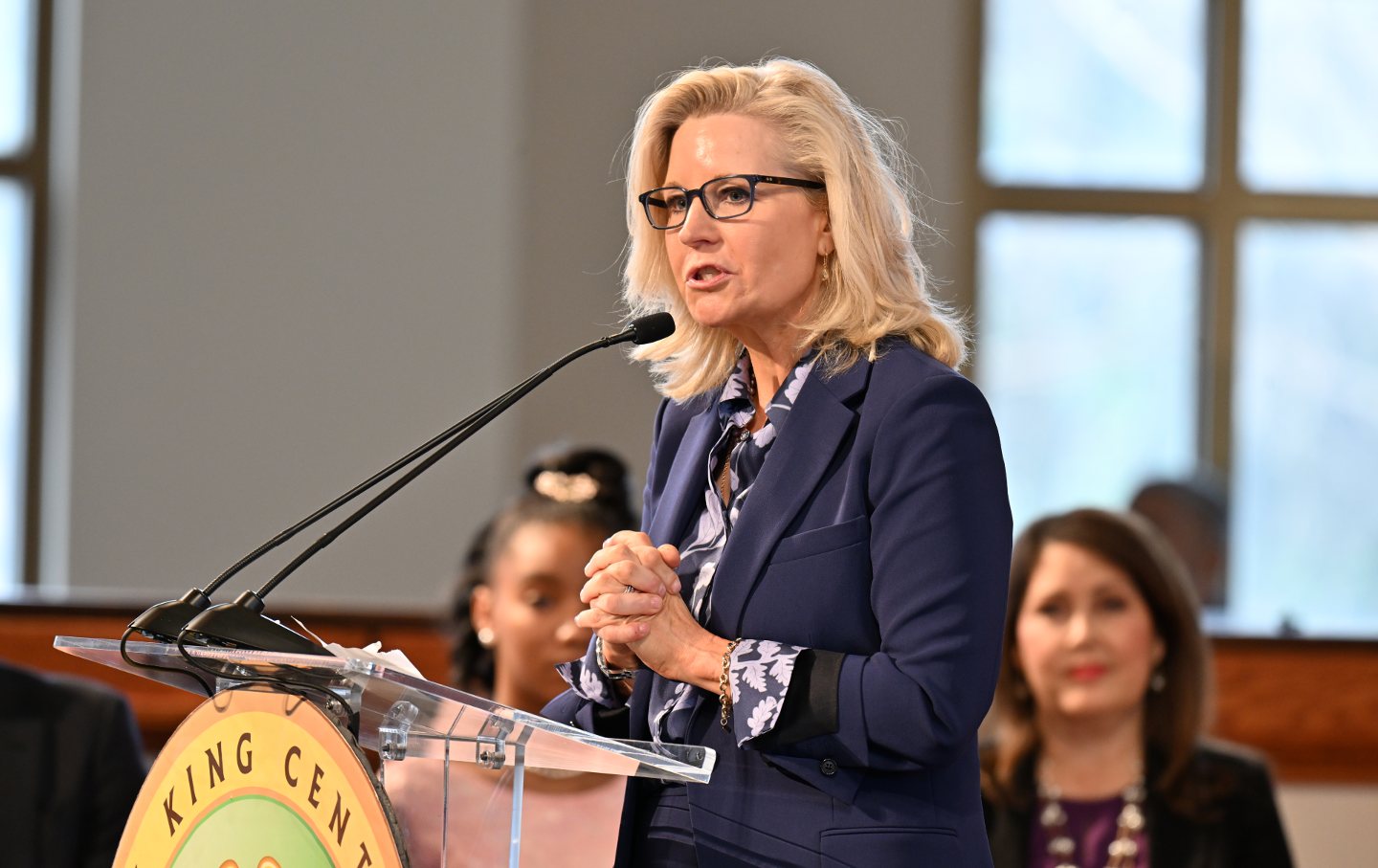
Liz Cheney Finally Proved Me Right Liz Cheney Finally Proved Me Right
Fifteen years ago, she told me we had no common ground. I disagreed. This week she endorsed Kamala Harris, and she has my gratitude.
